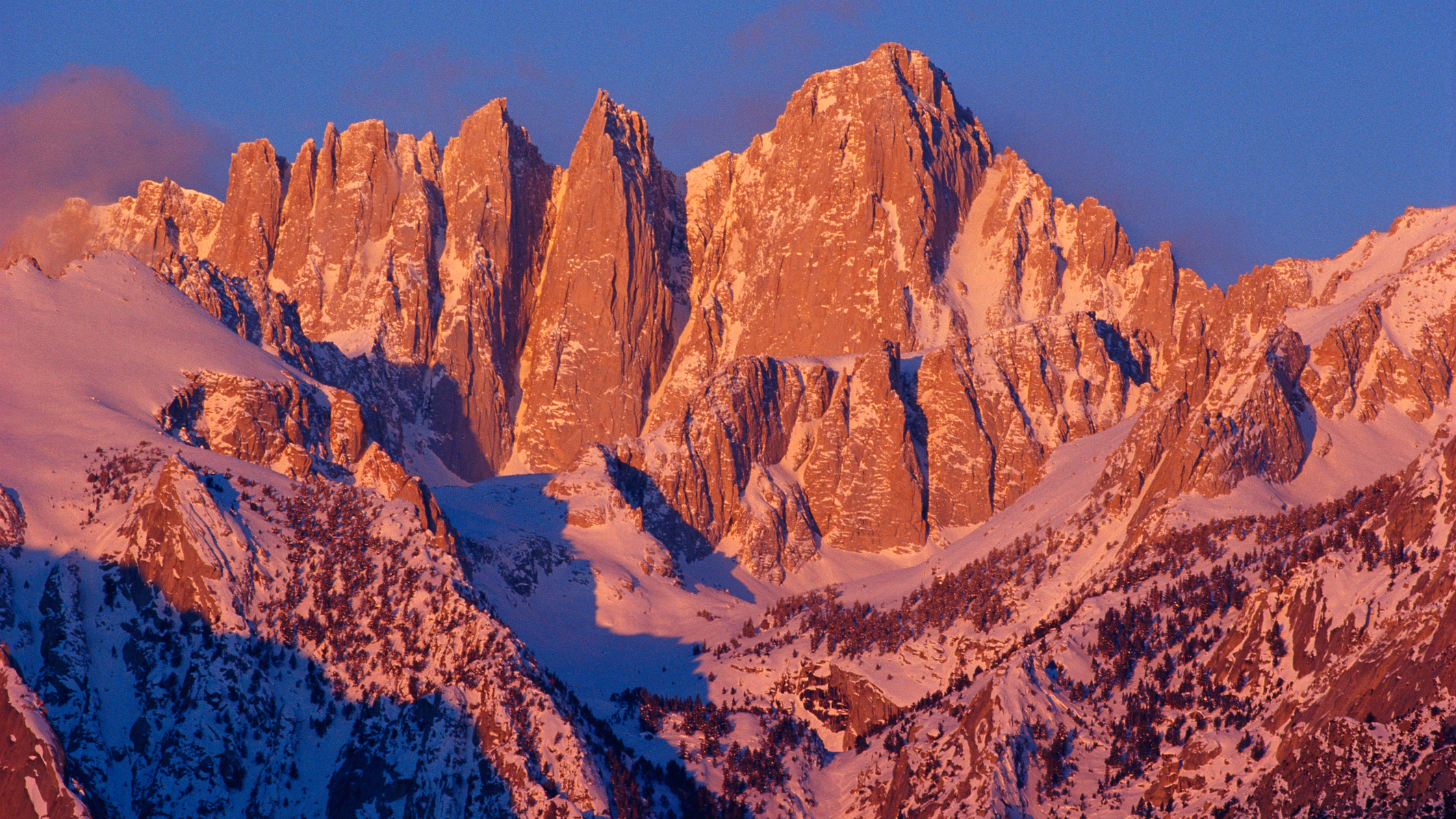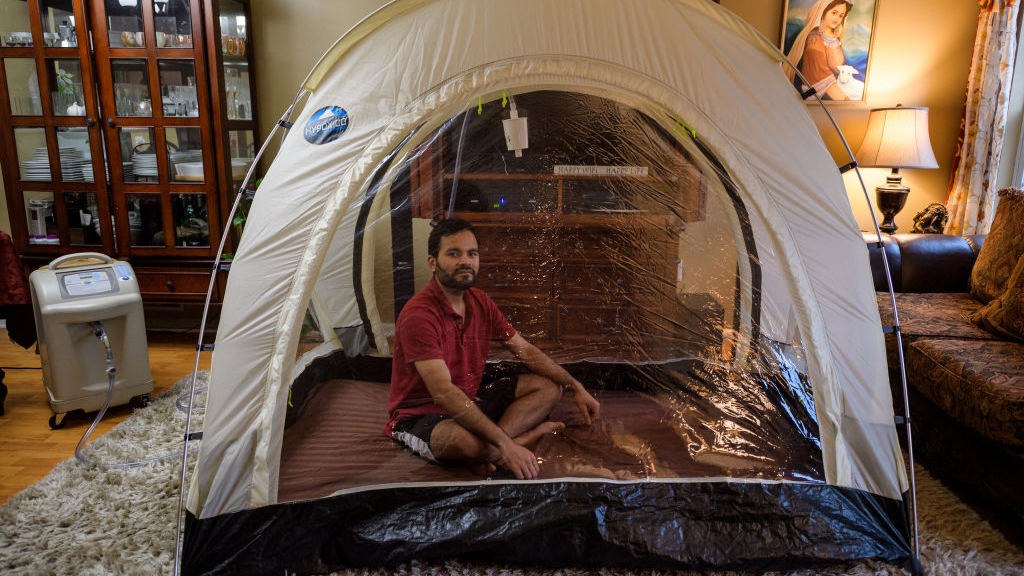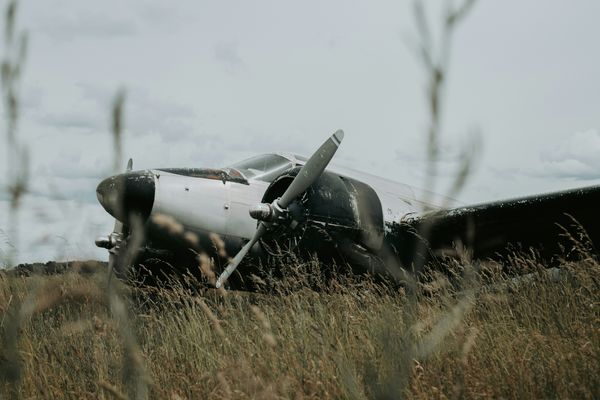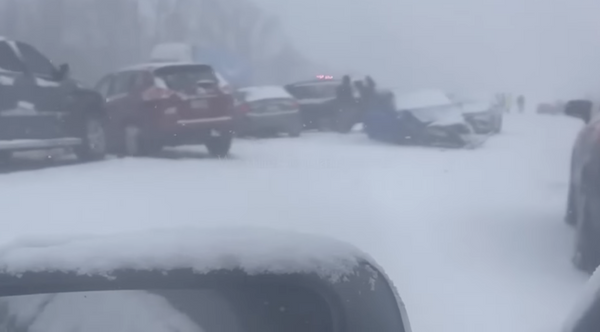
A teen climber is in a medically induced coma after hallucinations caused him to fall over 120ft in the Sierra Nevada.
Zane Wach, 14, was hiking with his father on the 14,494ft (4,417m) Mount Whitney, earlier this month, when he began hallucinating, likely due to the effects of altitude.
“He knew he was hallucinating. He said he saw things like snowmen and Kermit the frog," his father, Ryan, told SFGate.
Concerned for his son, Ryan opted to take him down to safety. The pair had already conquered the toughest parts of the route and headed down via an easier trail. But soon after saying that he wasn't sure whether he was dreaming, Zane walked to a staggered cliff edge and fell around 120ft (36.5m).
"I didn’t hear it until he was about at the edge, and when I went to reach for him, he was 10 feet away from me. I couldn’t get him, and he walked off the edge," continued Ryan.
Rescuers airlifted the boy to Sunrise Children’s Hospital in Las Vegas after the pair spent six traumatic hours on the peak. He was placed in a medically induced coma after suffering a severe head injury and breaking multiple bones.

The incident occurred on June 10, and Zane has been recovering in hospital ever since. He's now been taken off a life-support ventilator, but remains in a coma while he's weaned off the powerful medication used to aid his recovery.
“He’s been on a lot of heavy drugs," explained Ryan, who's hopeful of a full recovery.
“Getting off those is extremely hard and painful. As parents, it’s terrible to watch.”
A GoFundMe campaign to support the Wach family's medical, travel, and lodging costs has since been set up and has raised over $34,000.
What is altitude sickness?
Altitude sickness is caused by rapid exposure to the low oxygen levels at altitude. Common symptoms include headaches, nausea, dizziness, and shortness of breath, but sufferers can sometimes experience more severe effects like hallucinations.
To mitigate the risks, climbers acclimatize to the low oxygen levels by spending time in the mountains or sleeping in hypoxic tents, which mimic the arduous alpine conditions and prepare their bodies for altitude.

For more information, check out our expert guide to avoiding altitude sickness.
- The best first aid kits: be prepared for accidents and emergencies
- The best climbing shoes: get a grip both indoors and out







